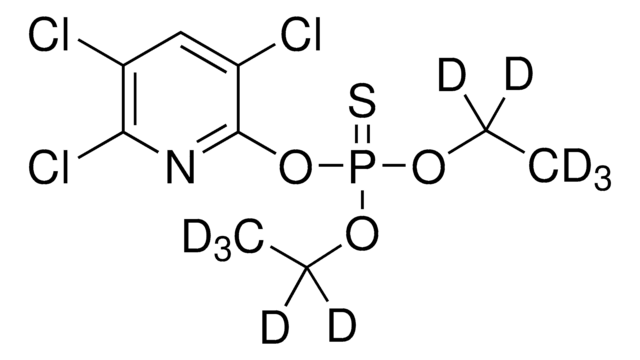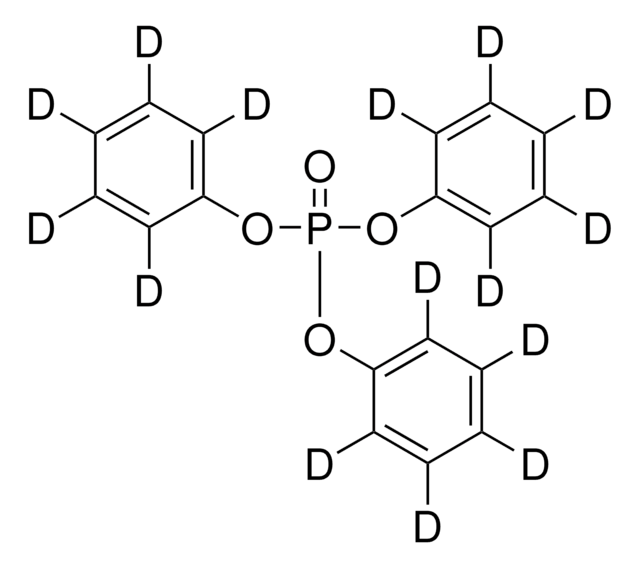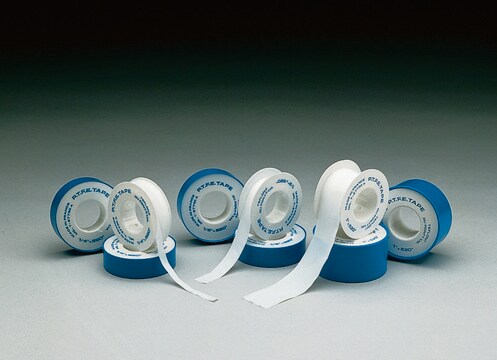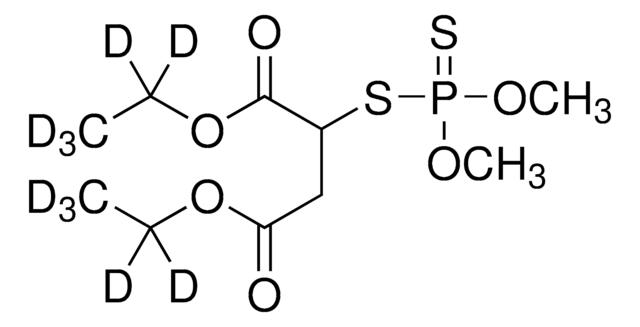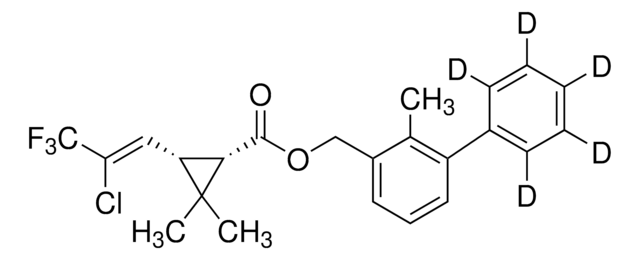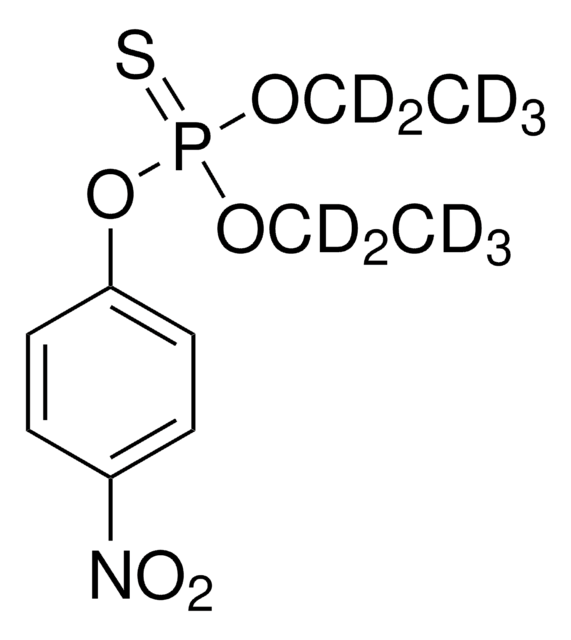492175
Diazinon-(diethyl-d10)
≥99 atom % D, ≥98% (CP)
About This Item
Produits recommandés
Pureté isotopique
≥99 atom % D
Pureté
≥98% (CP)
Indice de réfraction
n20/D 1.4978 (lit.)
Point d'ébullition
83-84 °C/0.002 mmHg (lit.)
Densité
1.152 g/mL at 25 °C
Application(s)
agriculture
environmental
Changement de masse
M+10
Température de stockage
2-8°C
Chaîne SMILES
[2H]C([2H])([2H])C([2H])([2H])OP(=S)(Oc1cc(C)nc(n1)C(C)C)OC([2H])([2H])C([2H])([2H])[2H]
InChI
1S/C12H21N2O3PS/c1-6-15-18(19,16-7-2)17-11-8-10(5)13-12(14-11)9(3)4/h8-9H,6-7H2,1-5H3/i1D3,2D3,6D2,7D2
Clé InChI
FHIVAFMUCKRCQO-HXOHQZFQSA-N
Vous recherchez des produits similaires ? Visite Guide de comparaison des produits
Application
- In analytical methods for routine monitoring of residual pesticide.
- As an internal standard in GC–MS quantification of pesticides in food.
Conditionnement
Mention d'avertissement
Danger
Mentions de danger
Conseils de prudence
Classification des risques
Acute Tox. 3 Oral - Aquatic Acute 1 - Aquatic Chronic 1
Code de la classe de stockage
6.1C - Combustible acute toxic Cat.3 / toxic compounds or compounds which causing chronic effects
Classe de danger pour l'eau (WGK)
WGK 3
Point d'éclair (°F)
235.0 °F - closed cup
Point d'éclair (°C)
112.8 °C - closed cup
Faites votre choix parmi les versions les plus récentes :
Déjà en possession de ce produit ?
Retrouvez la documentation relative aux produits que vous avez récemment achetés dans la Bibliothèque de documents.
Les clients ont également consulté
Notre équipe de scientifiques dispose d'une expérience dans tous les secteurs de la recherche, notamment en sciences de la vie, science des matériaux, synthèse chimique, chromatographie, analyse et dans de nombreux autres domaines..
Contacter notre Service technique



